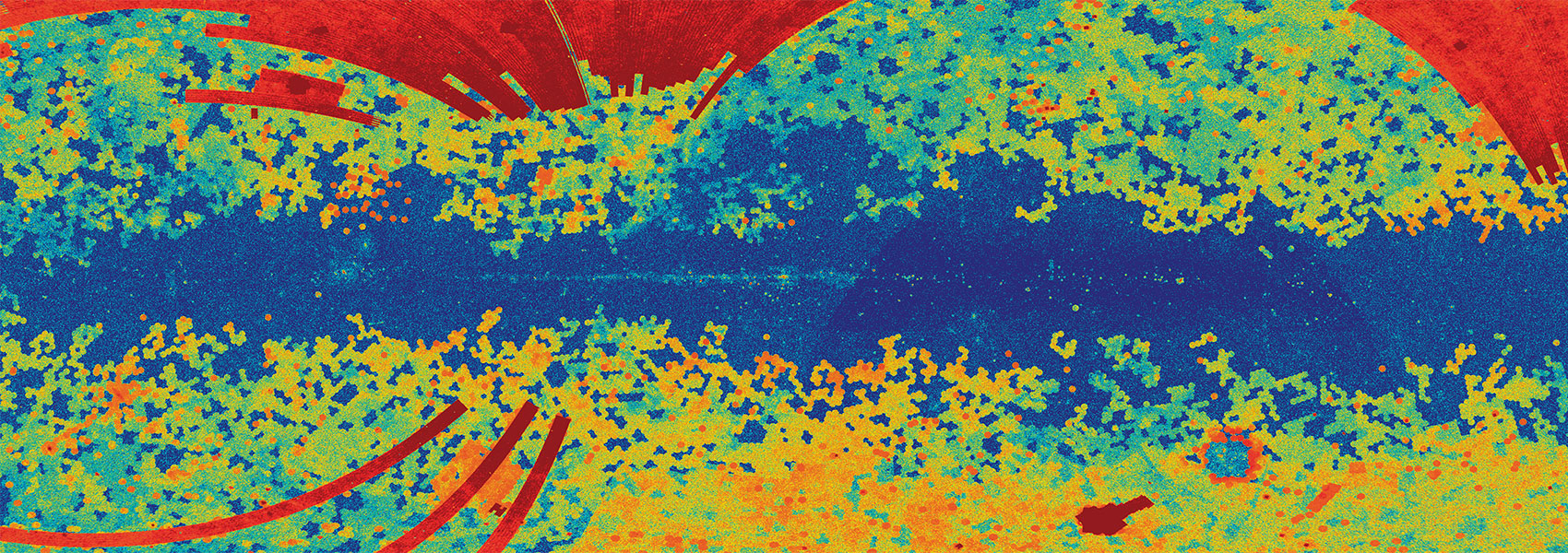November
2003
•
2003PhDT........10C
Authors
•
Colbert, James William, IV
Abstract
•
I report on the results of an optical and infrared photometry and spectroscopy project, with the goal of examining galaxy evolution through the relatively unexplored z = 1.5 2.5 “Bright Ages”. Deep K-band observations of eight different fields, covering over 100 square arcminutes of sky and reaching depths of K = 20, are combined with UBVRIz' data taken at the Keck and Lick Observatories. Two of the fields also contain deep pointings of the Hubble Space Telescope Wide Field/Planetary Camera 2 (WFPC2), including a F410M medium-band image of the field 1714 + 5015 which shows a possible over-density of objects in Lya emission. Photometric redshifts were created for a K-band selected sample of galaxies, followed by spectroscopy at the Keck Observatory, using the new blue-sensitive Low Resolution Imaging Spectrometer (LRIS-B). I confirmed 19 high redshift, K-selected objects, producing a rms dispersion between the photometric and spectroscopic redshifts of σ z/(1 + z) = 0.15. Using a 1/VMAX method, I produced R-band luminosity functions out to z = 2, which show strongly rising counts and a slower fall-off than a present-day Schecter function. Comparison to Shapley et al. (2001) shows a subsequent decrease in counts at z = 3, placing the peak in the R-band luminosity of the universe at z = 2. Examination of fits of dust extinction for my near-infrared selected sample of galaxies do not suggest a significant percentage of dusty galaxies compared to optically based searches like those using the Lyman break method. Lower limit estimations of the instantaneous star formation rate derived from rest wavelength 2800Å counts are consistent with the picture of a rise in star formation out to z = 1, where it remains flat through a redshift z = 2. Two fields with narrow-band selected candidates for high redshift are examined as well. All five candidates observed in the 0953 + 549 field are confirmed, but three with redshifts that should not have resulted in the narrow-band excesses in the original observation. Only 5 of 16 candidates examined in the 1714 + 5015 field are confirmed to be at the proper redshift.
Links



